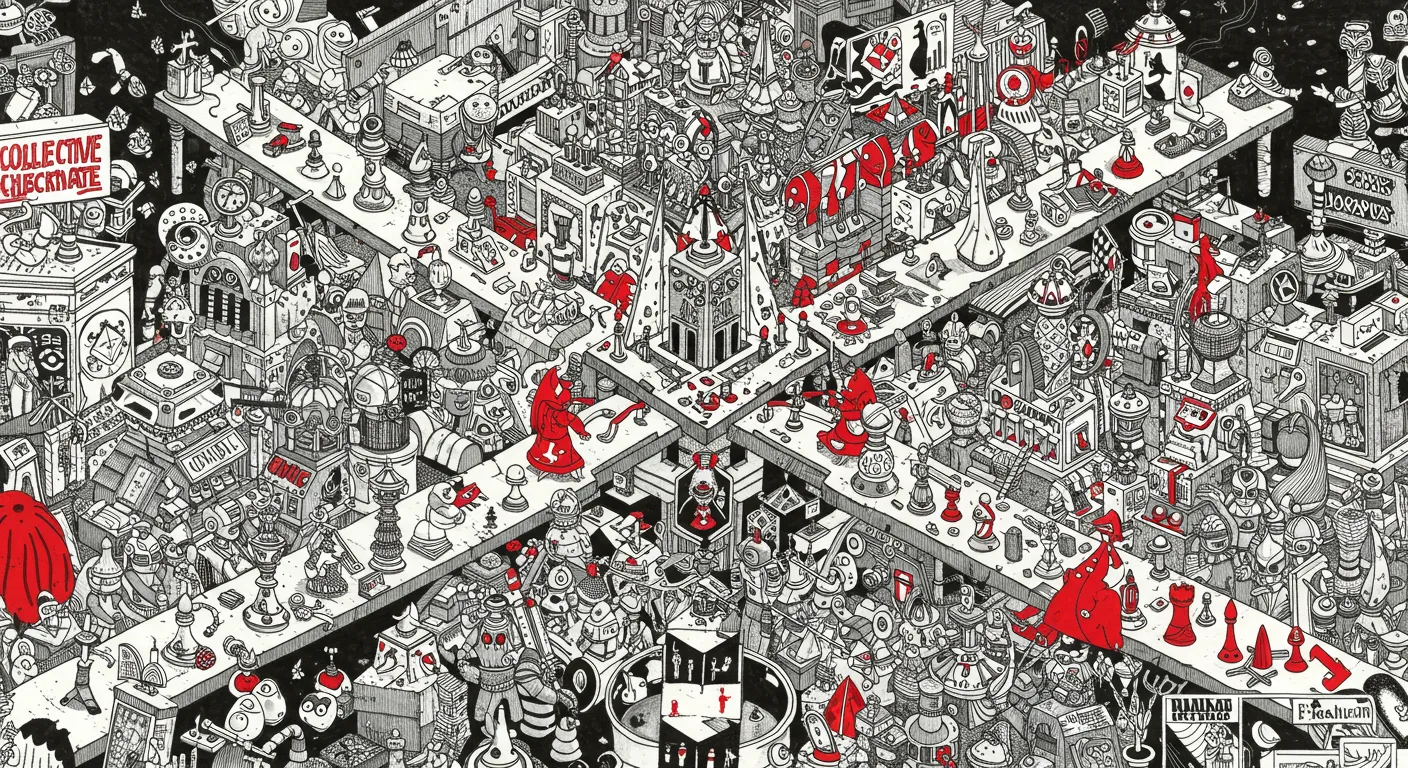Magnus Carlsen, the reigning chess world champion, found himself in an unprecedented digital showdown where over 143,000 online participants attempted to collectively outmaneuver him. The experiment, reminiscent of earlier crowd-versus-champion challenges, sparked a lively debate about collective intelligence, technology, and the nature of strategic thinking.
Online commentators quickly dissected the match's mechanics, with many noting the remarkable statistical precision of the crowd. One participant observed that the collective achieved a staggering 95 percent accuracy, trading pieces with near-machine-like efficiency in the match's second half. This level of coordination raised intriguing questions about how distributed decision-making might rival individual expertise.
The technological angle wasn't lost on the participants. Several comments playfully suggested that the massive collaborative effort was essentially enabled by widespread access to advanced computing power. One commentator wryly noted that while Carlsen might struggle against a modern smartphone's chess engine, the collective had access to exponentially more computational firepower.
Some saw the event as a fascinating social experiment, drawing parallels to previous crowd-versus-champion challenges like Gary Kasparov's famous online match. The underlying humor wasn't missed: as one commentator put it, when 143,000 chess players merge, they essentially become a single, hyper-intelligent entity – not unlike the legendary chess player Anish Giri.
Ultimately, the draw achieved by this massive online collective seemed to prove more than just a quirky internet moment. It highlighted the potential of crowdsourced problem-solving and the increasingly blurred lines between human and machine intelligence in strategic domains like chess.


